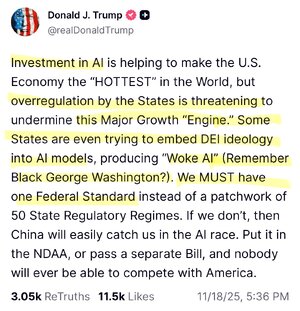“… It’s
vibe coding.
And we’re seeing more and more of this emerging AI skill in job listings. But why all the hype? Why did vibe coding, only a recently coined term, make it into Collins Dictionary’s highly anticipated Word of the Year?
…
IBM defines vibe coding on its website as a “new and loosely-defined term in software development that refers to the practice of prompting AI tools to generate code rather than writing code manually.” IBM further explains, “In software engineering, development is reshaping from strict, manual coding and becoming more flexible and AI-powered—and vibe coding is at the forefront of this change.” In other words, instead of you writing code line by line, you can enter a prompt describing your application, what you want it to do, your vision for it, etc., and the LLM will create functional code.
…
Don’t be fooled, there are downsides to vibe coding. It’s a quick fix, but like many quick fixes, there are some trade-offs. Because of these trade-offs, it’s important to think about how and when you plan to vibe code, and adjust your expectations so you’re not wasting your time.
Some of the “cons”include:
- Spending enormous amounts of time debugging code
- Potential security vulnerabilities
- Lack of scalability and low-performance issues
- Inability to understand the rationale behind the code
This is why vibe coding is only good for initial MVPs, prototyping/mock-ups, and experimentation.
Ultimately, vibe coding accelerates the development process, but still, human intuition from real engineers, including testing and understanding the “why” behind each step, remains an essential AI skill.“
——
It sounds to me like “vibe coding” is basically human creativity applied to direct AI.

